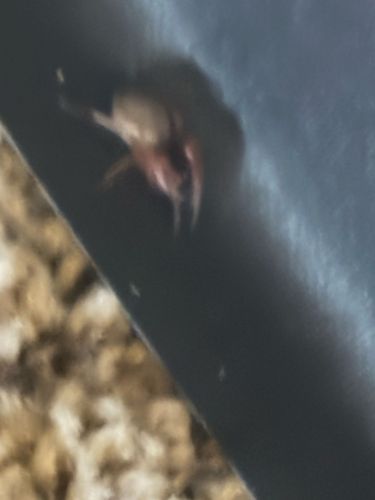Solifugid, Sun Spider, Wind Scorpion, or Camel Spider
Scientific Name: Order Solifugae
Order & Family: Order Solifugae, multiple families
Size: Typically 1 to 7 cm (0.4 to 2.8 inches) in body length, some species up to 15 cm (6 inches).

Natural Habitat
Arid and semi-arid regions worldwide, often found under rocks, logs, or in burrows. Can sometimes enter homes in search of shade or moisture.
Diet & Feeding
Opportunistic predators, feeding on a variety of invertebrates (insects, scorpions, spiders) and sometimes small vertebrates (lizards, rodents, birds). They use their large chelicerae to crush their prey.
Behavior Patterns
Mostly nocturnal, fast-moving, and often aggressive when disturbed. They are not spiders, but arachnids. They use their pedipalps to capture prey and as sensory organs. They do not produce venom or silk.
Risks & Benefits
Potential risks include a painful bite due to their strong chelicerae, though they are not venomous. Bites are generally not medically significant but can lead to secondary infection if not cleaned. Benefits include being natural pest control, preying on other insects and arachnids in their ecosystem.
Identified on: 9/24/2025